Lake Superior Wild Steelhead, Managing for Self-sustaining Populations
Author! Author!
Long-time readers of The Osprey know that the arrival of the spring/summer issue in their mailbox will soon be followed by a reminder that we need your continued generous support to keep us in the business of advocating for wild salmon, steelhead and their habitat. Your contributions, along with funding from our partner organizations, is critical.
But there is another group of vital contributors to The Osprey, “hiding in plain sight” as the saying goes, who have really never gotten the recognition they deserve. These people are The Osprey’s writers and photographers, and their efforts and expertise to create the content that gives our modest publication its true value.
It wasn’t always this way. Some readers may recall that The Osprey began as a photocopied newsletter, stapled in a corner and distributed to a small group of Seattle-area steelheaders — the Federation of Fly Fishers Steelhead Committee — with articles written by group members along with reprints from various scientific publications.
ALSO IN THIS ISSUE
• SALMON ON THE MELTING EDGE OF CLIMATE CHANGE
• COLUMBIA AND SNAKE RIVERS AGREEMENT
• SALMON CONSERVATION AND AI
• KLAMATH DAMS ARE COMING DOWN
Taking the next step to beef up and expand The Osprey’s content and name recognition was a challenge. Unknown outside a small circle of avid steelheaders, my first attempts could be frustrating, with responses from new potential authors ranging from jokes about “the osprey nest down the street” to the scientist who just laughed at me when I asked if he might be willing to write a short article about his work.
But over time, more fisheries professionals — scientists, managers, wild fish advocates, and environmental attorneys — were willing to give us the benefit of the doubt and write articles or provide photography, which served to increase The Osprey’s profile and credibility.
With The Osprey’s current reputation as a serous and unique wild fish periodical, finding first-rate people to write for us is much easier now despite the fact that we don’t have a budget to provide authors with a stipend. On the contrary, through the content they provide, their cumulative knowledge imparted to our readers is worth tens of thousands of dollars in in-kind contributions. The truth, though, is that the value of their collective contribution is incalculable.
As The Osprey’s reputation has grown within scientific circles because of those authors, there has been an unexpected development. More and more fisheries science graduate students are writing for The Osprey. Despite the fact that we are not a peer-reviewed journal, many students feel that publishing in The Osprey is good for their future careers. I know more than few working professional fisheries scientists whose first professionally-written paper was published in The Osprey.
That’s incredibly gratifying to me, making The Osprey not just about the future of wild fish, but also about future wild fish advocates.


